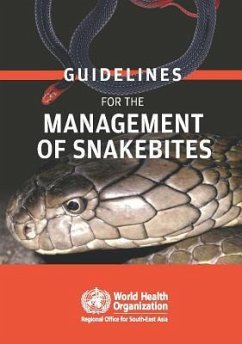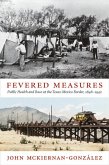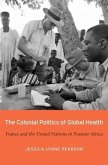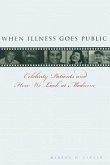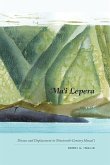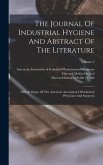Snakebites are well-known medical emergencies in many parts of the world, especially in rural areas. Agricultural workers and children are most affected. The incidence of snakebite mortality is particularly high in South-East Asia. Rational use of snake anti-venom can substantially reduce mortality and morbidity due to snake bites. These guidelines are a revised and updated version of those published in 2011. The geographical coverage extends from India in the west to DPR Korea and Indonesia in the east, Nepal and Bhutan in the north, and to Sri Lanka and Indonesia in the south and south-east. Snakes inhabiting the Indonesian islands east of Wallace's line (West Papua and Maluku Islands) are part of the Australasian elapid fauna, differing from those west of this line. This publication passes on a digest of available knowledge about all clinical aspects of snake-bite to medically trained personnel, including medical doctors, nurses, dispensers and community health workers. They will provide sufficient practical information to allow medically trained personnel to assess and treat patients with snake-bites at different levels of the health service.

